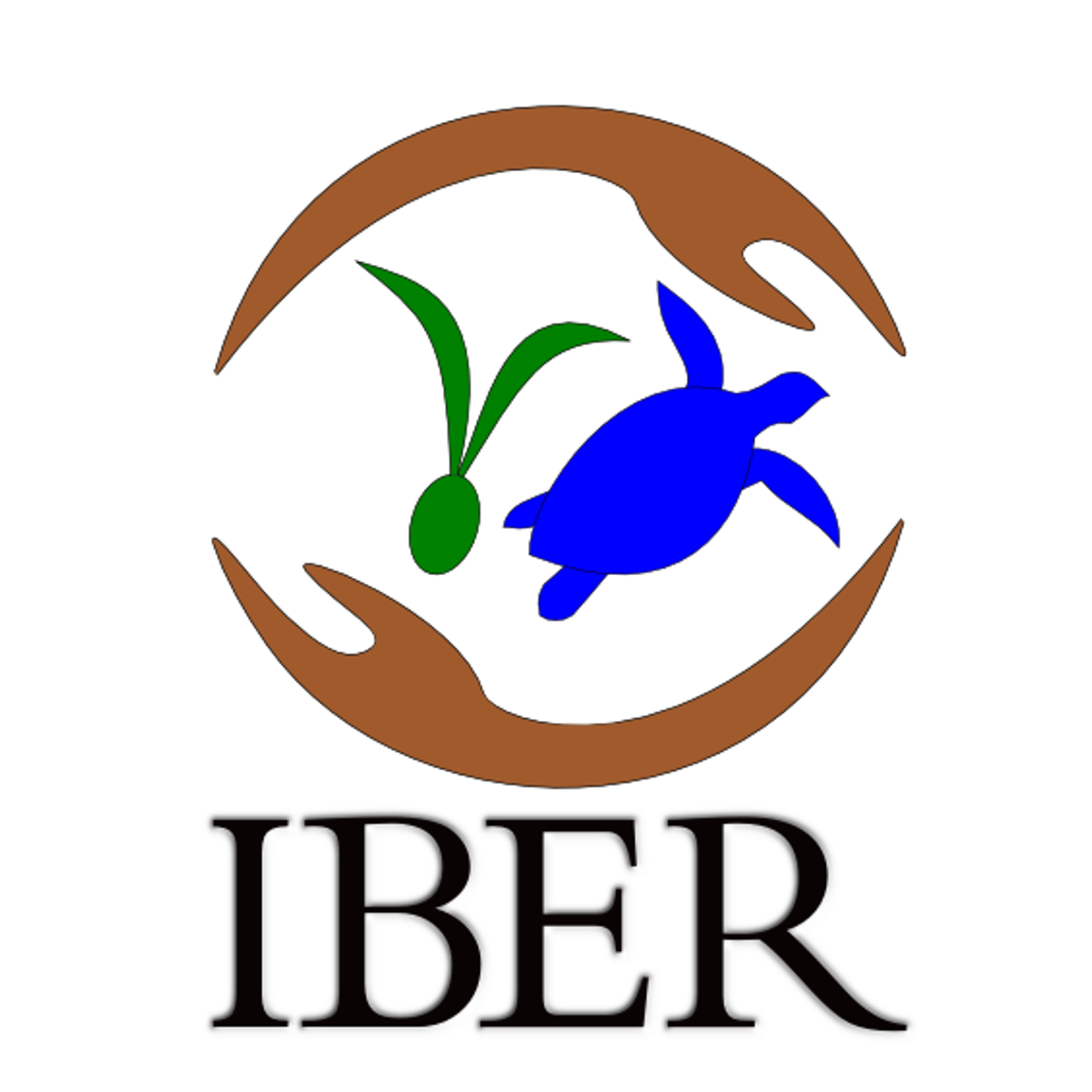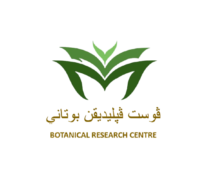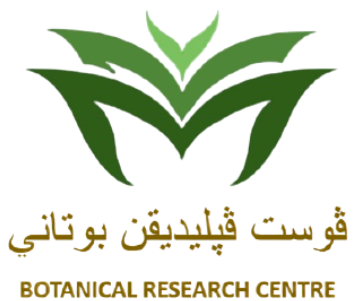Macaranga bancana (Miq.) Mull. Arg.
Null / Benuah/Layang-layang (Bru.)
Terrestrial small tree that can reach up to 23 m tall. Leaves are simple, alternately and spirally arranged, tri-lobed, adaxially glabrous except on the veins and abaxially glabrous to hairy on veins. Leaf blade is broadly ovate, acute at apex, broadly rounded at base with toothed or entire margin and palmate venation. Stems are hollow and have small openings for ants to inhabit. Barks are pale-brown to whitish and smooth. Flowers are green-whitish. Inflorescence a panicle arising at leaf axils. Fruit a subglobose, green capsule. Seeds are ovoid and black.
The leaves have been reported to be good to remove pimples. The flowers are mixed with water as a remedy for eye problems. The juice of the flowers can be drunk to maintain general health especially for women. Water from the soaked leaves is used as an eye wash for mild sore eyes. The roots are used to
It thrives in disturbed sites, in mixed dipterocarp forests, along roadsides, forest edges, near riversides, on hillsides and on ridges. It prefers sandy to clay soil under full sunlight.
Seeds.
Distributed in Peninsular Thailand, Peninsular Malaysia, Philippines, Sumatra, and Borneo.
None





